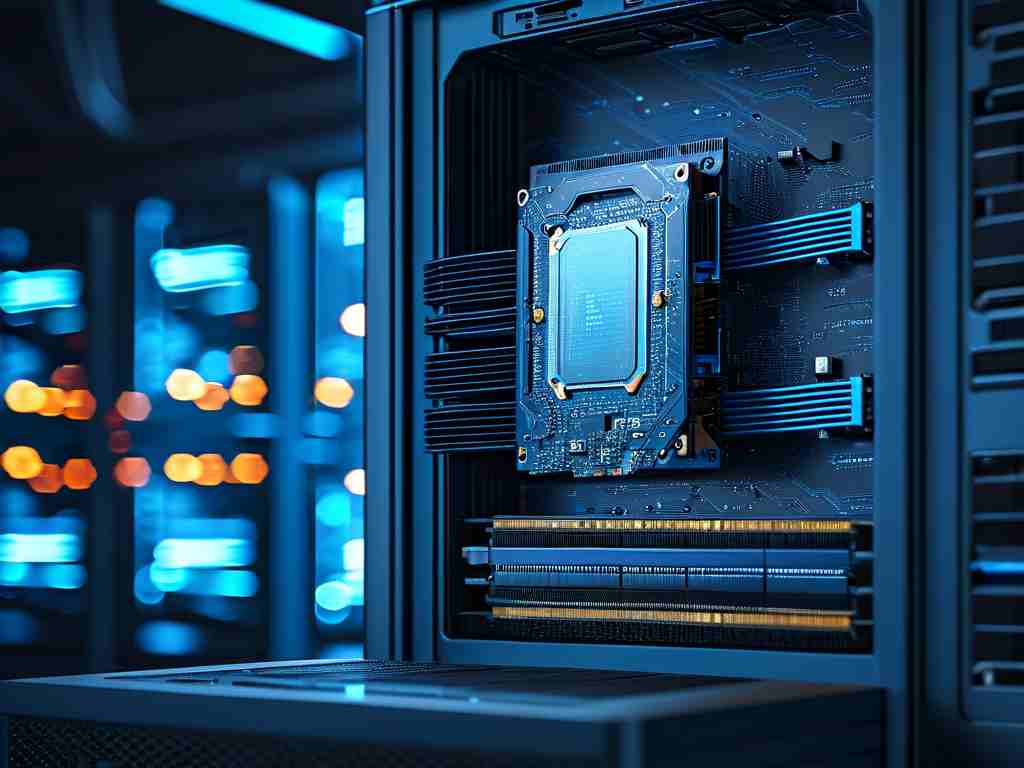In software development, memory management forms the backbone of efficient program execution. Modern programming languages and operating systems divide memory into distinct regions to optimize resource allocation and ensure system stability. This article explores these critical memory areas and their practical implications.

1. Stack Memory: The Ordered Workhorse
The stack operates as a meticulously organized memory segment handling short-lived data. When a function gets called, the system pushes parameters and local variables onto this region in Last-In-First-Out (LIFO) order. Consider this C code snippet:
void calculate() {
int x = 5; // Stack allocation
float y = 3.14;
}
Here, x and y automatically deallocate when the function completes. The stack's rigid structure enables fast access speeds but imposes size limitations. Stack overflow errors frequently occur in recursive functions that exceed predefined depth thresholds. Developers must carefully manage function call hierarchies and local variable sizes to prevent such failures.
2. Heap Memory: Flexible but Demanding
Contrasting with the stack's automation, the heap provides dynamic memory allocation through manual management. Programmers explicitly request heap space using commands like malloc() in C or new in C++:
int* arr = new int[100]; // Heap allocation
This flexibility comes with significant responsibility. Memory leaks occur when developers forget to release heap allocations using free() or delete. Modern languages like Java and Python implement garbage collection to automate this process, but understanding manual heap management remains crucial for low-level programming and system optimization.
3. Global/Static Storage: Persistent Data Repository
This region stores variables declared with static duration – global variables and static class members. Allocated when the program starts and persisting until termination, these variables maintain their values across function calls:
public class Config {
static int MAX_USERS = 1000; // Static storage
}
While convenient for maintaining state, excessive use of global variables can lead to tightly coupled code and unexpected side effects. Best practices recommend limiting global variables to configuration parameters and essential shared resources.
4. Constant Pool: Immutable Value Storage
Modern compilers dedicate memory space for constant values like string literals and numeric constants. These immutable values get hardcoded into the executable:
TITLE = "SystemCore" # Constant pool PI = 3.1415926535
Attempting to modify these values typically triggers runtime errors or segmentation faults. Some implementations optimize memory usage by reusing identical constant values across multiple instances.
5. Code Segment: Instruction Sanctuary
The text segment stores compiled machine instructions in read-only memory. This protection prevents accidental or malicious code modification during execution. Modern processors employ specialized registers like the Instruction Pointer that interact directly with this memory region.
Practical Memory Management Strategies
Understanding these regions empowers developers to:
- Choose appropriate storage durations for variables
- Prevent memory leaks and dangling pointers
- Optimize application performance
- Debug memory-related errors effectively
Hybrid memory models in languages like Rust demonstrate modern approaches to these classic concepts. The borrow checker system enforces strict ownership rules at compile time, preventing common memory errors while maintaining low-level control.
As computing architectures evolve with multi-core processors and distributed systems, memory management continues adapting. Emerging concepts like non-volatile memory and cache-aware programming build upon these foundational memory regions. Developers who master these core principles position themselves to tackle next-generation performance challenges effectively.









